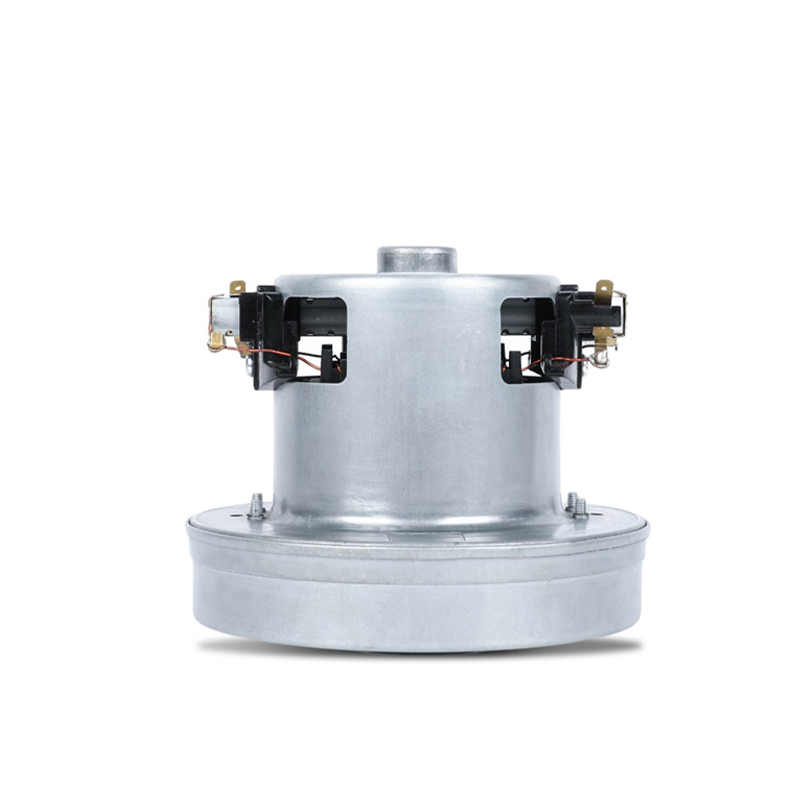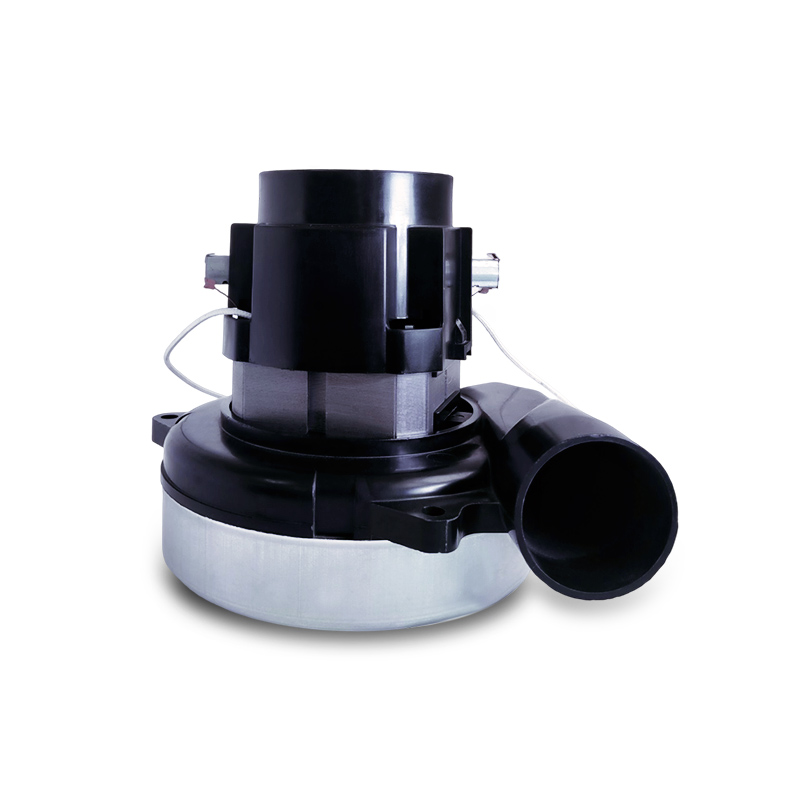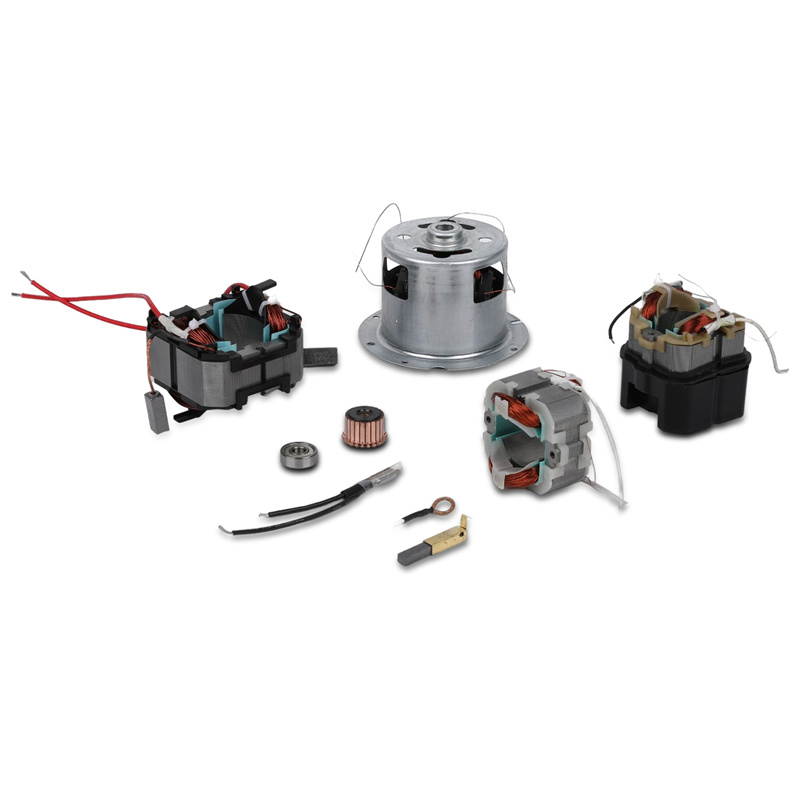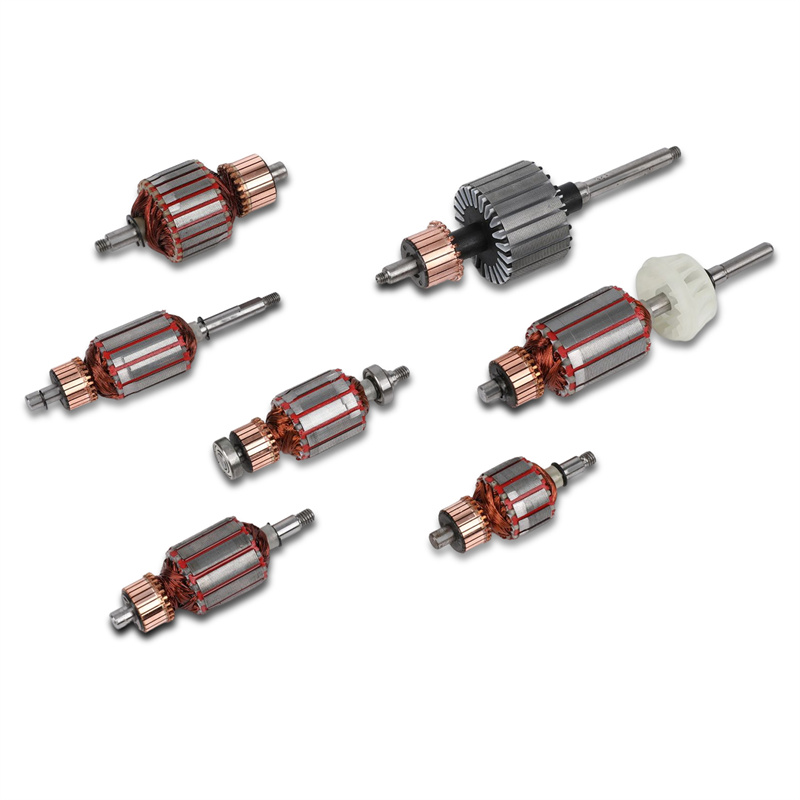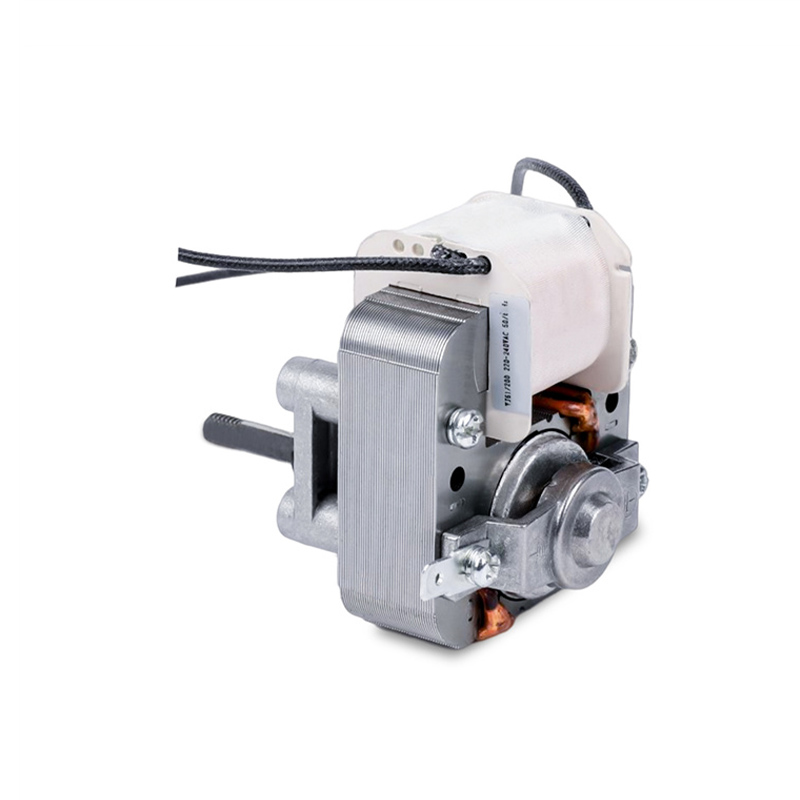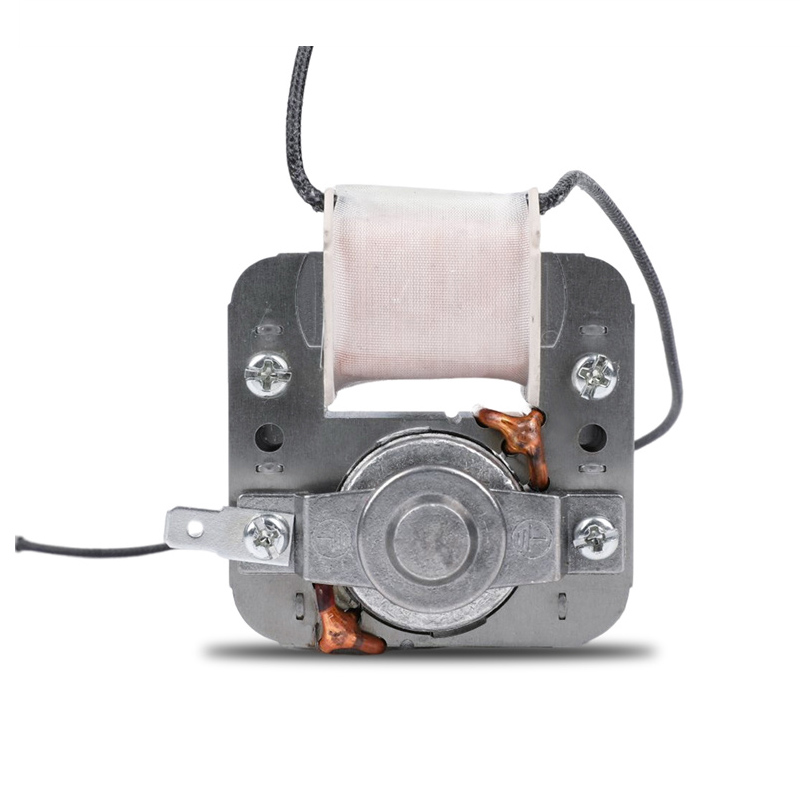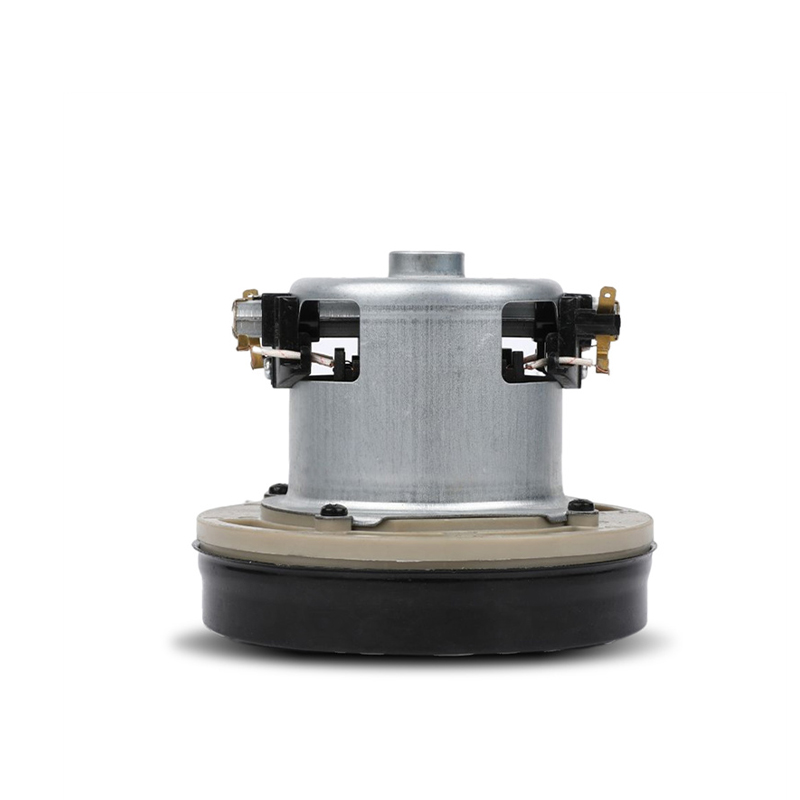Effect of load characteristics on the operation of shaded pole motor
Load characteristics refer to the performance of a shaded pole motor under different load conditions. The size and nature of the load will directly affect the motor's operating speed, torque output, power factor and other parameters. Therefore, understanding the impact of load characteristics on the operation of shaded pole motors is of great significance for the design and application of shaded pole motors.
Effect of load size on speed and torque
Load size refers to the size of the mechanical load that the motor is bearing. Under different load conditions, the operating speed and output torque of the motor will change. Generally speaking, the greater the load, the greater the output torque of the motor, but the operating speed will decrease; conversely, the smaller the load, the smaller the output torque of the motor, but the operating speed will increase. Therefore, in actual applications, it is necessary to select the appropriate motor model and rated parameters according to specific load requirements to ensure that the motor can work normally.
Effect of load changes on stability
Sudden changes in load will affect the stability of the shaded pole motor. In the case of a sudden increase in load, the motor requires greater torque to cope, which may cause the motor's running speed to decrease, the current to increase, and even cause the motor to be overloaded or overheated. When the load suddenly decreases, the motor may experience a sudden increase in speed, mechanical vibration, etc., which affects the stability and safety of the motor. Therefore, when designing and applying shaded pole motors, it is necessary to consider the impact of load changes on motor stability and take corresponding measures for control and adjustment.
Effect of load characteristics on motor power factor
The nature of the load will also have an impact on the motor's power factor. Under purely resistive load, the power factor of the motor is 1, which means it is a pure impedance load; while under inductive load or capacitive load, the power factor of the motor will be less than 1, causing the power factor of the motor to decrease. The decrease in power factor will cause the ratio between the motor's active power and apparent power to decrease, thereby reducing the energy efficiency of the motor. Therefore, when selecting and designing loads, it is necessary to choose pure resistive loads as much as possible to improve the power factor and energy efficiency of the motor.
Effect of load on motor heating
The size and nature of the load will also affect the heating of the motor. Under large load conditions, the motor needs to output greater torque, resulting in more power loss and causing the motor to heat up more seriously. Under small load conditions, the power loss of the motor is small and the heat generation is relatively light. Therefore, it is necessary to select appropriate heat dissipation methods and measures based on specific load requirements to ensure that the motor will not be damaged due to overheating during long-term operation.
Effect of load size on speed and torque
Load size refers to the size of the mechanical load that the motor is bearing. Under different load conditions, the operating speed and output torque of the motor will change. Generally speaking, the greater the load, the greater the output torque of the motor, but the operating speed will decrease; conversely, the smaller the load, the smaller the output torque of the motor, but the operating speed will increase. Therefore, in actual applications, it is necessary to select the appropriate motor model and rated parameters according to specific load requirements to ensure that the motor can work normally.
Effect of load changes on stability
Sudden changes in load will affect the stability of the shaded pole motor. In the case of a sudden increase in load, the motor requires greater torque to cope, which may cause the motor's running speed to decrease, the current to increase, and even cause the motor to be overloaded or overheated. When the load suddenly decreases, the motor may experience a sudden increase in speed, mechanical vibration, etc., which affects the stability and safety of the motor. Therefore, when designing and applying shaded pole motors, it is necessary to consider the impact of load changes on motor stability and take corresponding measures for control and adjustment.
Effect of load characteristics on motor power factor
The nature of the load will also have an impact on the motor's power factor. Under purely resistive load, the power factor of the motor is 1, which means it is a pure impedance load; while under inductive load or capacitive load, the power factor of the motor will be less than 1, causing the power factor of the motor to decrease. The decrease in power factor will cause the ratio between the motor's active power and apparent power to decrease, thereby reducing the energy efficiency of the motor. Therefore, when selecting and designing loads, it is necessary to choose pure resistive loads as much as possible to improve the power factor and energy efficiency of the motor.
Effect of load on motor heating
The size and nature of the load will also affect the heating of the motor. Under large load conditions, the motor needs to output greater torque, resulting in more power loss and causing the motor to heat up more seriously. Under small load conditions, the power loss of the motor is small and the heat generation is relatively light. Therefore, it is necessary to select appropriate heat dissipation methods and measures based on specific load requirements to ensure that the motor will not be damaged due to overheating during long-term operation.


 English
English Deutsch
Deutsch Español
Español 中文简体
中文简体